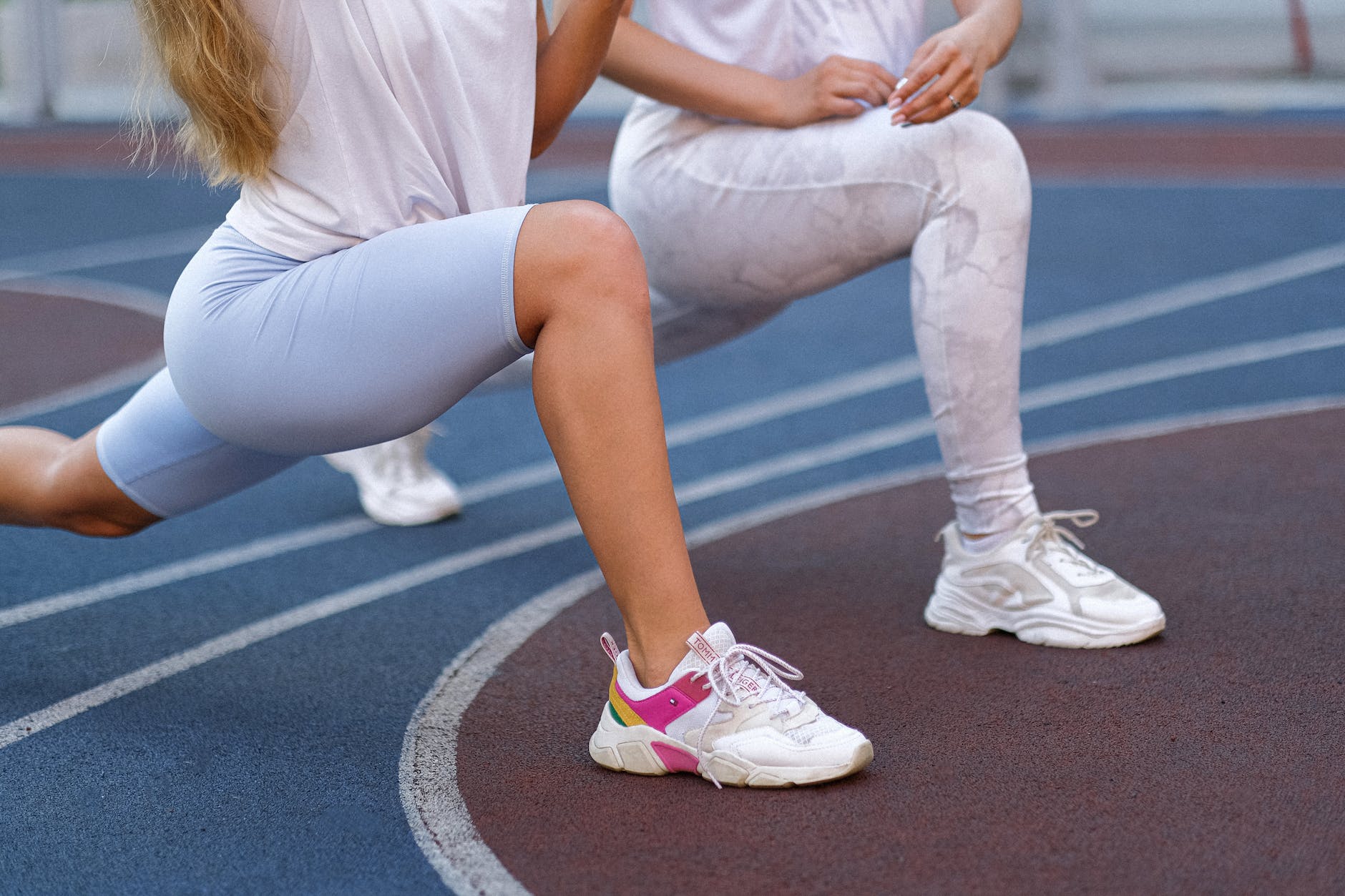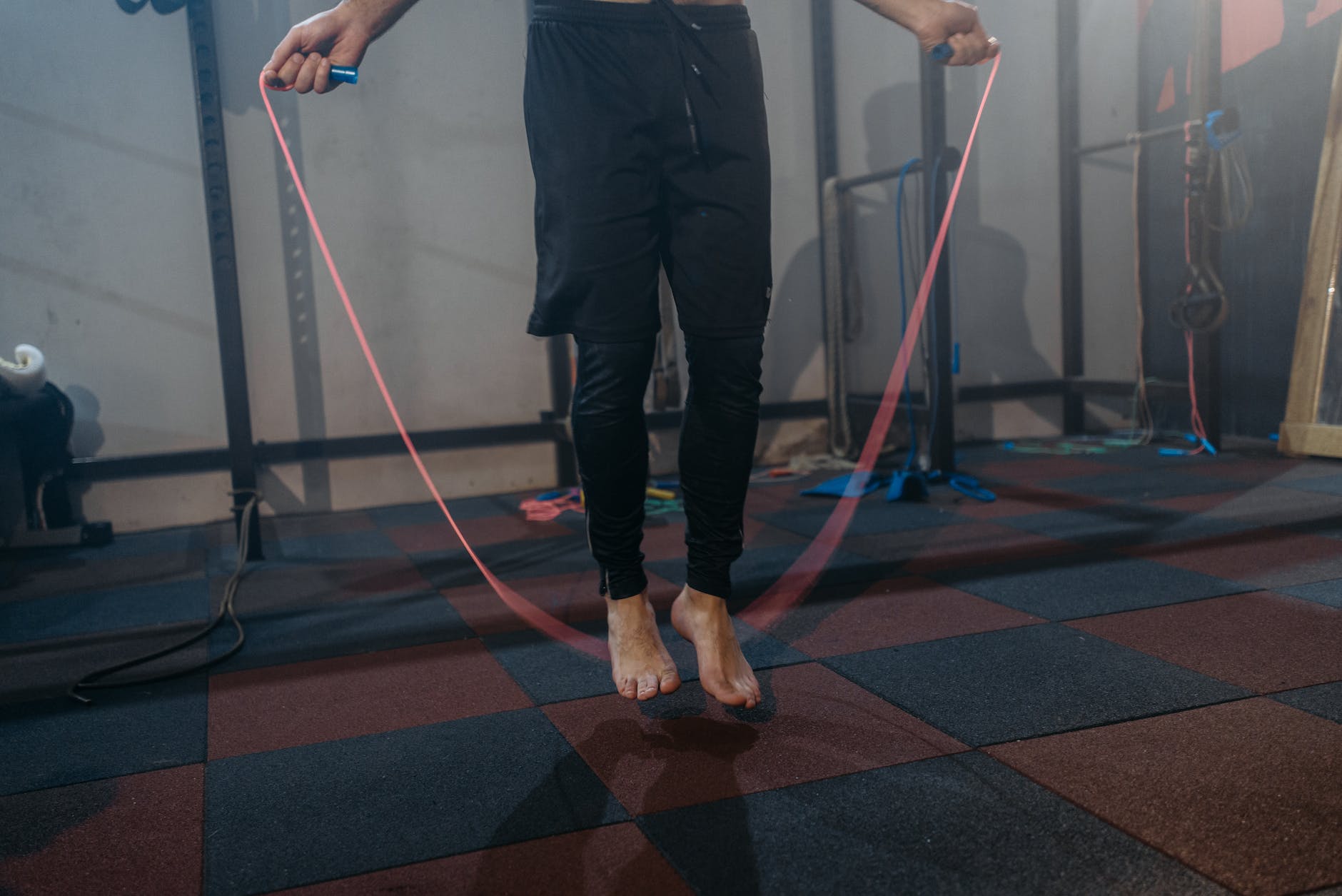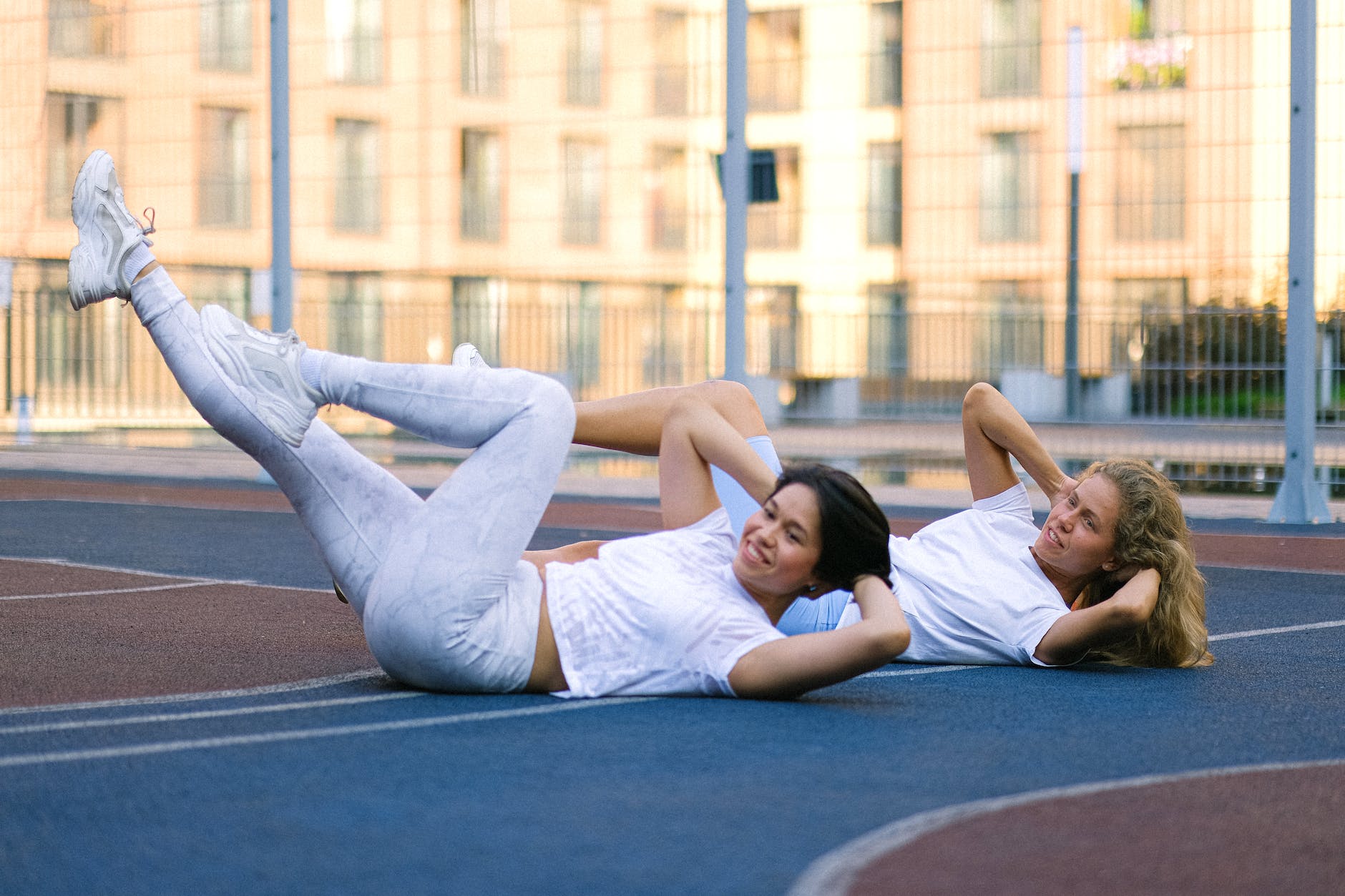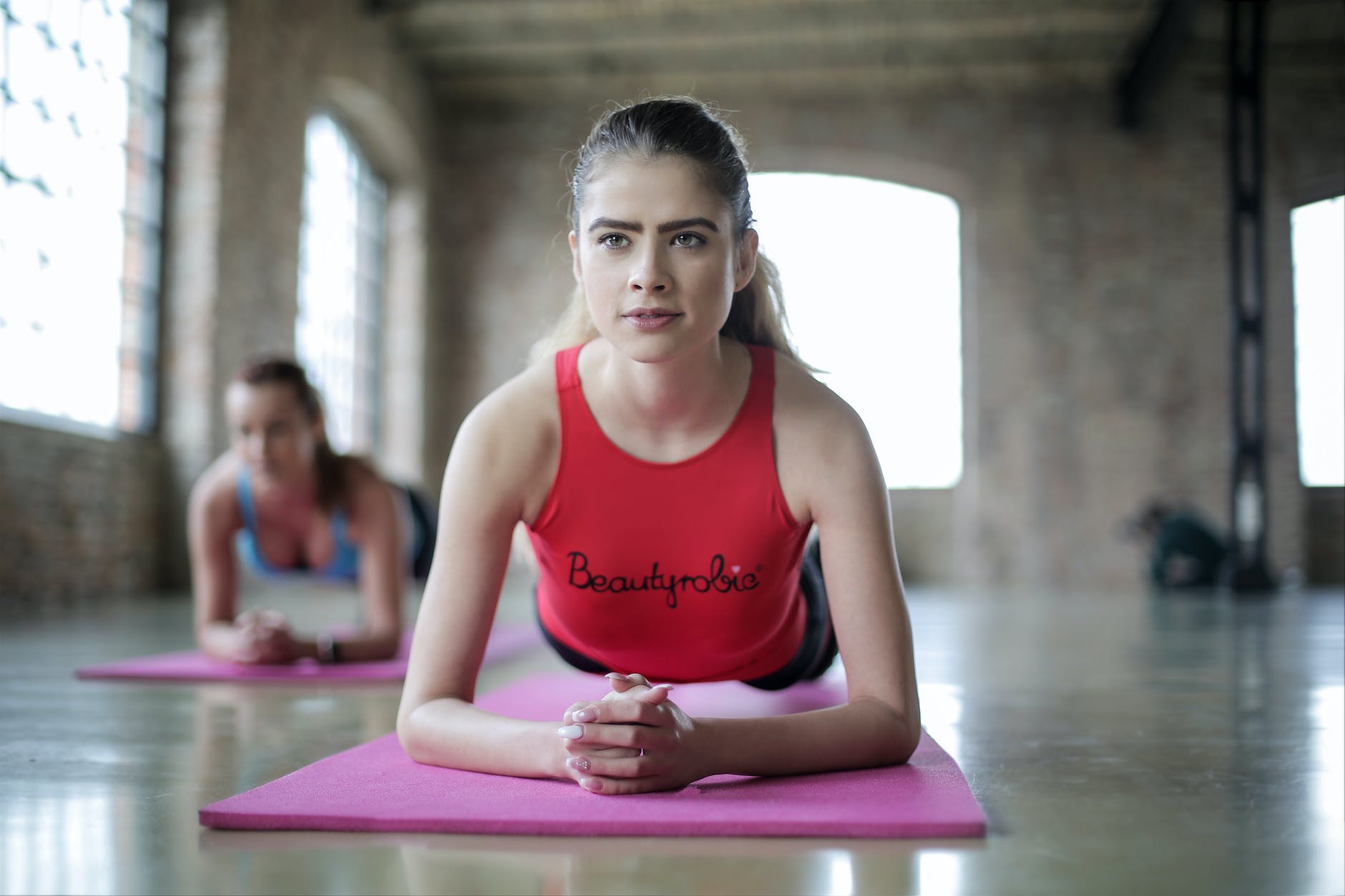No matter what new workout you are trying, the key term to that sentence is that it is “new.” To be a beginner at anything can be intimidating, but if you are trying calisthenics for the first time, what are some of the key workouts to get you started?
9 key calisthenic workouts for beginners include squats, lunges, jump squats, burpees, jump roping, crunches, planks, bench dips, pull-ups, horizontal pull-ups, and dead hangs.
Calisthenics are an incredible way to avoid isolating only one muscle group at a time but using a variety of different muscles to complete any one exercise. This may seem a bit foreign to beginners, but no matter how new you may be to calisthenics, there are a variety of different key workouts that will get you on your way to proficiency in no time. Continue reading to find the 9 key workouts for calisthenics along with a few more to get you started!
What To Keep in Mind Before Starting Calisthenics
Calisthenics are a way of using your body, rather than equipment, to get your body moving, but to strengthen it through your own individual abilities. This means that the workouts for calisthenics may look a bit different than those you would perform within a weight room, but it does not make them any less effective. Before starting on your journey with Calisthenics, there are a few things you need to keep in mind.
Comparison is Compromise
No matter how hard you are working, how much you are succeeding, or how far you are pushing yourself, there is always going to be someone you can look to and think “They are so much better than me.” The most important rule in calisthenics are to avoid comparing yourself to others and focus on your own progression. Your body is going to provide you with different abilities, but this does not make your progress less impressive. Always avoid comparison.
Understand the Purpose of Calisthenics
Through the use of their bodies, many people who practice calisthenics have been able to achieve a physique that is lean, strong, cut, and toned. Strength is something that many are able to gain through this type of exercise, but it is not the only advantage to it. calisthenics are wonderful for strength, but they also help to improve people’s range of motion and their flexibility which can be huge aids in pain relief and overall well-being.
Your Body Will Provide The Weights You Don’t Need
It is long believed that the only way to achieve muscle and strength is through lifting heavy weights. Through the practice of creating resistance for different muscular systems with your own body weight, you are able to increase your muscle mass without the use of weights. The key is to find exercises that push your body into resistance which will then help to gradually build upon the muscle that you have. This also gives you a ton of flexibility for exercising.
9 (and More) Key Calisthenic Workouts For Beginners
Now that you know what to keep in mind before starting on your calisthenics journey, you are likely wondering where to begin. Being as you use your body for strength and mobility training, you may feel a little lost when it comes to getting into a workout rhythm that is comfortable, but also pushing you enough to where you will actually see results. Take a look below to find the 9+ calisthenic workouts for beginners.
1. Squats
If you are new to the Calisthenic world, there is no need to get right into the most complicated workout that you can find. Your body will need some time to get used to this new pattern, so start out with something basic, but effective – squats. To complete a squat, simply place your feet shoulder-width apart, slowly lower yourself down with your back kept straight and your hips pushed back until your upper knees are parallel with the floor. Go back up and repeat.
2. Lunges

Another simple, yet very effective calisthenic workout is lunges. To complete lunges start with your feet shoulder-width apart and take an exaggerated step forward with your right leg. You will then bend both knees and lower yourself down until your hind (left) leg hovers right over the floor without touching it. You will then go back to your starting position and repeat the same process with your left leg being in the front position.
3. Jump Squats
© Howcast
If you want a bit of a more intense leg workout, try completing a set of jump squats. Start with your feet shoulder-width apart with your toes slightly facing outwards. You will then lower yourself as if you were doing a squat, but once you reach the deep squat position, you will keep your core and back straight as you forcefully push upward and jump. Then, land back into the starting position and repeat.
4. Burpees
© Well+Good
Even more advances and a tad more heart rate increasing are burpees. For burpees, start with your feet shoulder-width apart with your weight distributed to the heels of your feet. Push your hips back and lower yourself into a squat. You will then put your hands directly in front of you on the floor and jump back with your feet behind you, going into a pushup position. Last, bring your feet back to your hands and jump back up then repeat.
5. Jump Rope

Bringing a little jump rope in does not break the rules of “no weights,” but adds a piece of equipment that helps to accelerate your own body’s strength. This is a very simple routine that can do wonders for your cardio health and endurance as well as the building of muscles in your legs. Simply grab a jump rope and rotate the handle with your wrists as you jump off of the ground at a height of about 1-2 inches.
6. Crunches

Moving on from exercises that more specifically target your legs, let’s take a look at those that target your abdominals with crunches. To complete a crunch, start by lying flat on your back and bend your knees to where your feet are flat on the ground. Put your hand behind your head and tuck your chin into your chest. You will then draw your ribs to your hips which will elevate your head and shoulders from the floor. Lower your head back down and repeat.
7. Planks

To complete a plank, start again with your body flat on the floor, but with your face facing the ground. You will then stabilize your core and prop your body up by bringing your arms in and supporting your body with your forearms with your elbows bent. You will then take your feet and prop yourself up on your toes so that your entire body is up off of the ground. Hold this position as you keep your core tightened and back straight for 30-90 seconds.
8. Bench Dips
Bench dips are a fantastic exercise for those who want to focus a little more on their triceps. For a bench dip, you can either do this on a weight bench or can even do this on the back of a couch. You put your back up to either, place your hands on the edge, put your feet straight out in front of you, then lower yourself down until you cannot go any lower. You will then pull back up and repeat the exercise.
9. Pull-Ups
This exercise might seem too challenging for a beginner, but there is a way to make it a tad more attainable. On a pull-up bar, take a resistance band and wrap it around the bar to where you can place your feet within the band. Place your hands a bit more than shoulder-width apart with an overhand grip then place your feet in the band as you pull your chin slowly over the bar. Lower yourself back down until your arms are straight and repeat the exercise.
10. Horizontal Pull-Ups
© White Coat Trainer
Horizontal pull-ups offer a little spin to the regular pull-up that focuses a bit more on the strength of your bicep. To complete a horizontal pull-up, you can either place a broomstick over two chairs (or find another creative method) or use hanging rings. You will grip either the bar or the ring with your palms facing your body. Angle your body to where your arms can be fully extended and pull-up until your chin is either over the bar or rings.
11. Dead Hang

This is one of the easiest starting exercises, but also one that can be progressed to a much more intense level very quickly. To complete a dead hang, simply find a place that you can hang from where your feet will not touch the floor. You will then grip your hands to the bar with your palms facing away from you and hands placed a bit further than shoulder-width apart. Engage your core and place your feet interlocked slightly in front of you.

